Open source and free shadcn templates using React Native
6 templates • 5 contributors • Open source & free
6
Templates
5
Authors
Available Templates (6)
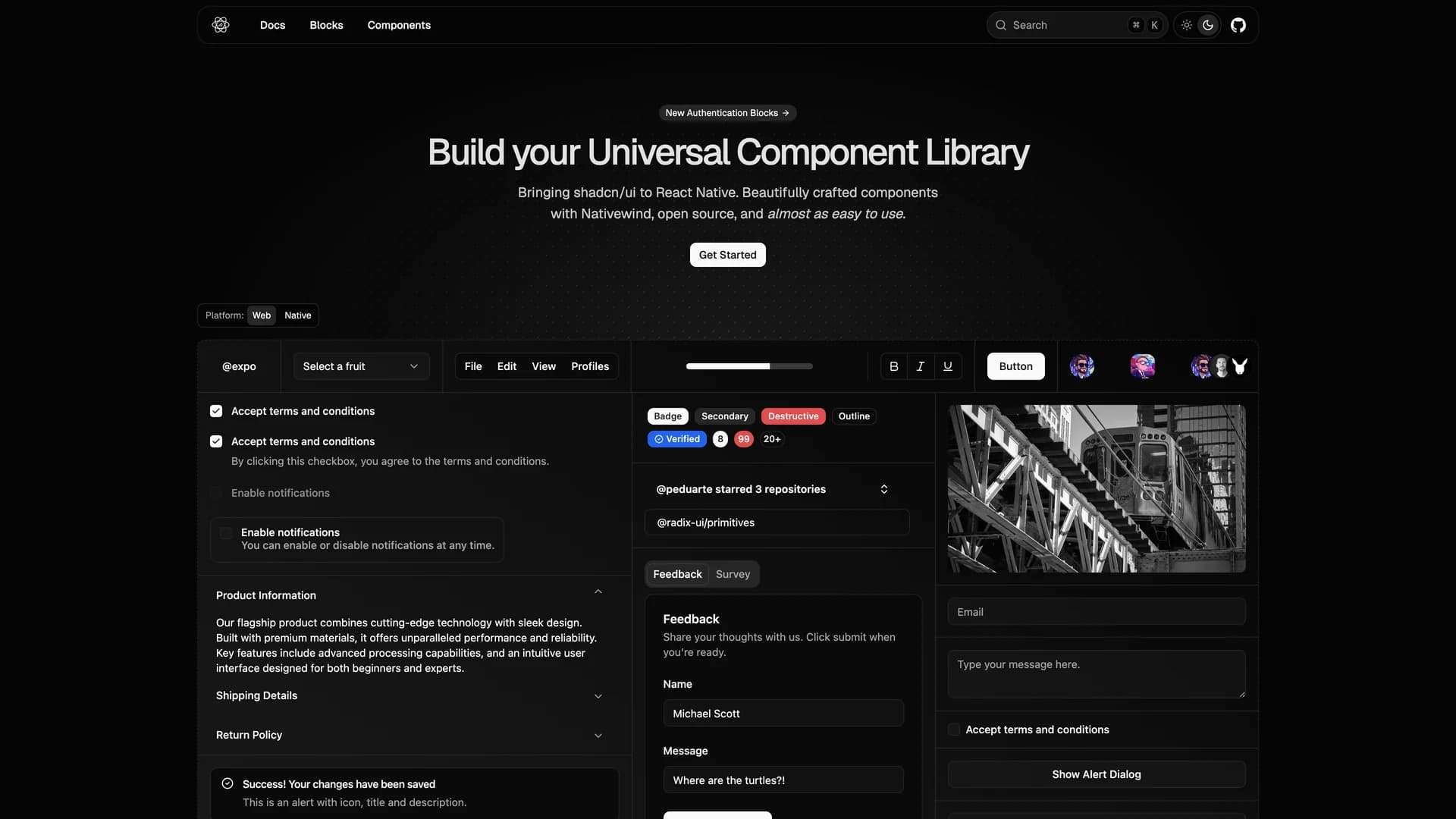
React Native Reusables
React Native Reusables is an open-source UI component library that brings the design philosophy and component quality of shadcn/ui to React Native mobile applications. Built with NativeWind (React Native's Tailwind CSS implementation), this library provides beautifully crafted, highly customizable components that are almost as easy to use as their web counterparts, making cross-platform mobile development more accessible. The project offers a comprehensive set of reusable UI elements specifically designed for iOS and Android applications, including buttons, forms, cards, sheets, dialogs, and navigation components, all optimized for mobile touch interactions and native performance. Each component leverages React Native's primitive components while maintaining the same copy-paste philosophy as shadcn/ui, allowing developers to directly integrate components into their Expo or React Native CLI projects with complete ownership and customization freedom. With extensive documentation at reactnativereusables.com, the library supports both light and dark themes, follows mobile accessibility best practices, and provides consistent design patterns across iOS and Android platforms. Perfect for mobile developers building consumer apps, enterprise mobile solutions, or cross-platform applications with Expo, React Native Reusables bridges the gap between web and mobile UI development, enabling teams to maintain design consistency across all platforms.
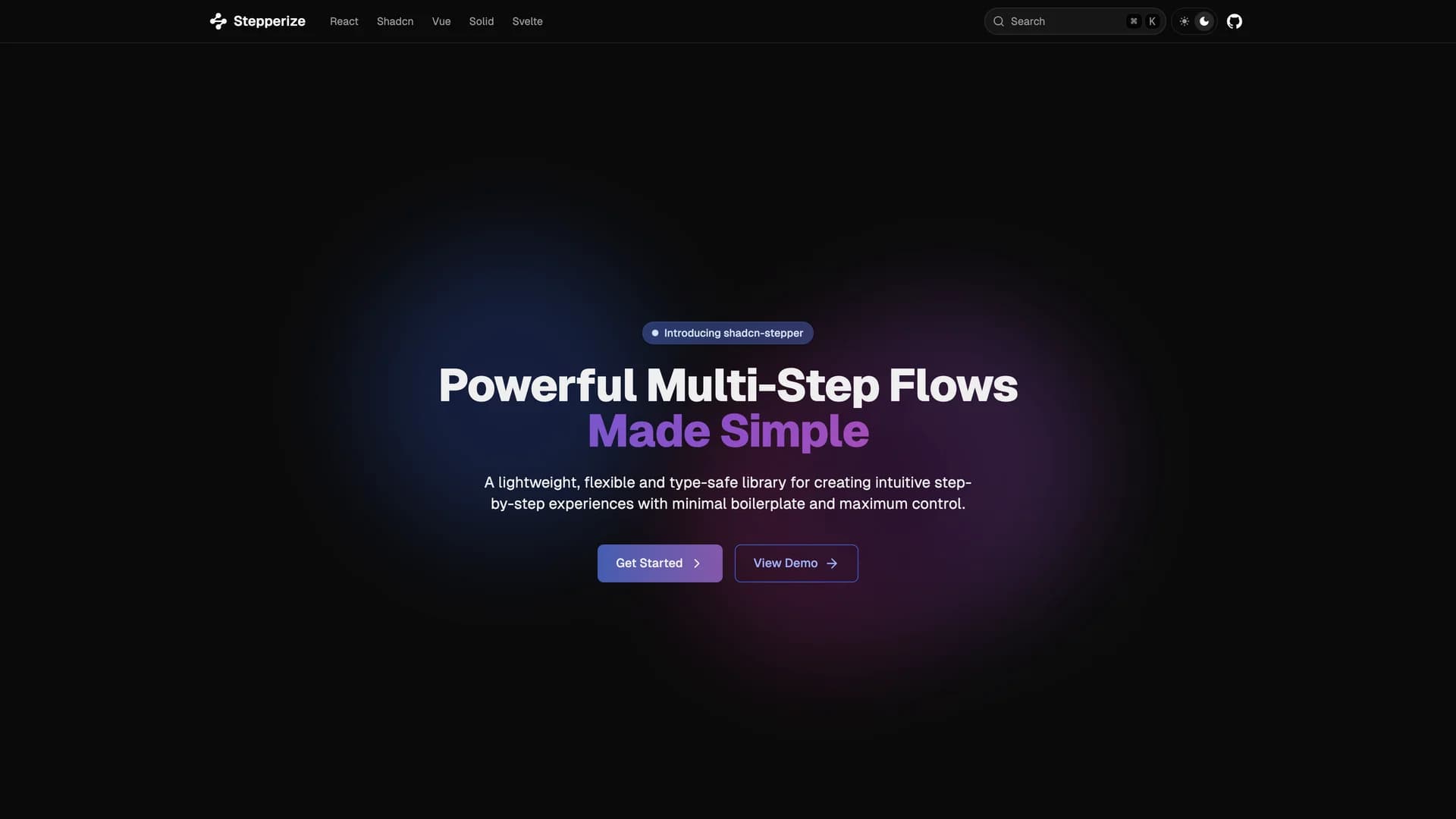
Stepperize
Stepperize is a lightweight, fully type-safe React library for creating step-by-step workflows and multi-step interfaces with minimal configuration and maximum flexibility. The library provides a simple defineStepper constructor for creating typed step definitions and a useStepper hook for managing step navigation, progression, and state in React and React Native applications. Built with TypeScript for complete type safety, Stepperize remains unstyled for maximum customization, allowing developers to implement any visual design while benefiting from robust step management logic. The composable architecture supports adding custom properties to steps while maintaining type inference, making it easy to build complex wizards, onboarding flows, checkout processes, or form sequences. With a focus on developer experience, Stepperize offers fast and efficient step progression with features like step validation, conditional navigation, and flexible step configuration. Perfect for applications requiring guided user experiences like multi-step forms, registration wizards, product tours, or checkout flows, the MIT-licensed library simplifies workflow management without imposing design constraints.
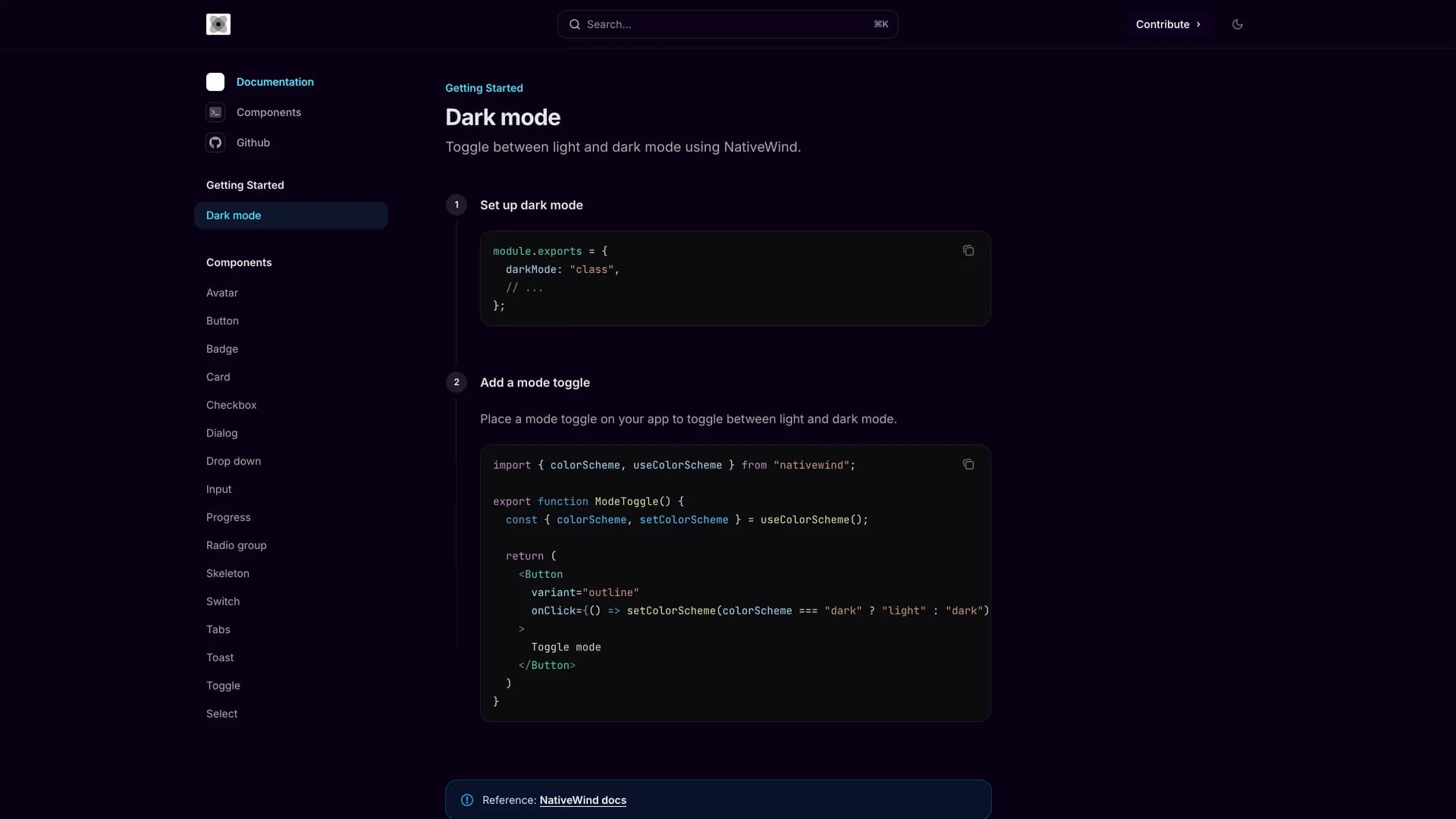
Nativecn UI
Nativecn UI is a beautiful, customizable React Native component library inspired by shadcn/ui, bringing the copy-paste component philosophy to mobile development with NativeWind and Tailwind CSS. Written primarily in TypeScript (91.5%), the MIT-licensed library provides essential components including Avatar, Badge, Button, Card, Checkbox, Dialog, Input, Progress, Radio Group, Skeleton, Switch, Tabs, Toast, Dropdown, and Select, all optimized for React Native and Expo. With built-in dark mode support using CSS variables and NativeWind's utility-first styling approach, Nativecn UI offers developers familiar Tailwind patterns for building mobile interfaces. The library includes a CLI for easy component initialization, making it simple to add components to React Native projects without managing complex dependencies. Comprehensive documentation at nativecn.mintlify.app provides light and dark mode examples, installation guides, and usage patterns. Perfect for developers building mobile applications with React Native and Expo who want the design consistency and developer experience of shadcn/ui combined with mobile-optimized components, Nativecn UI bridges web and mobile development with shared design principles and familiar tooling.
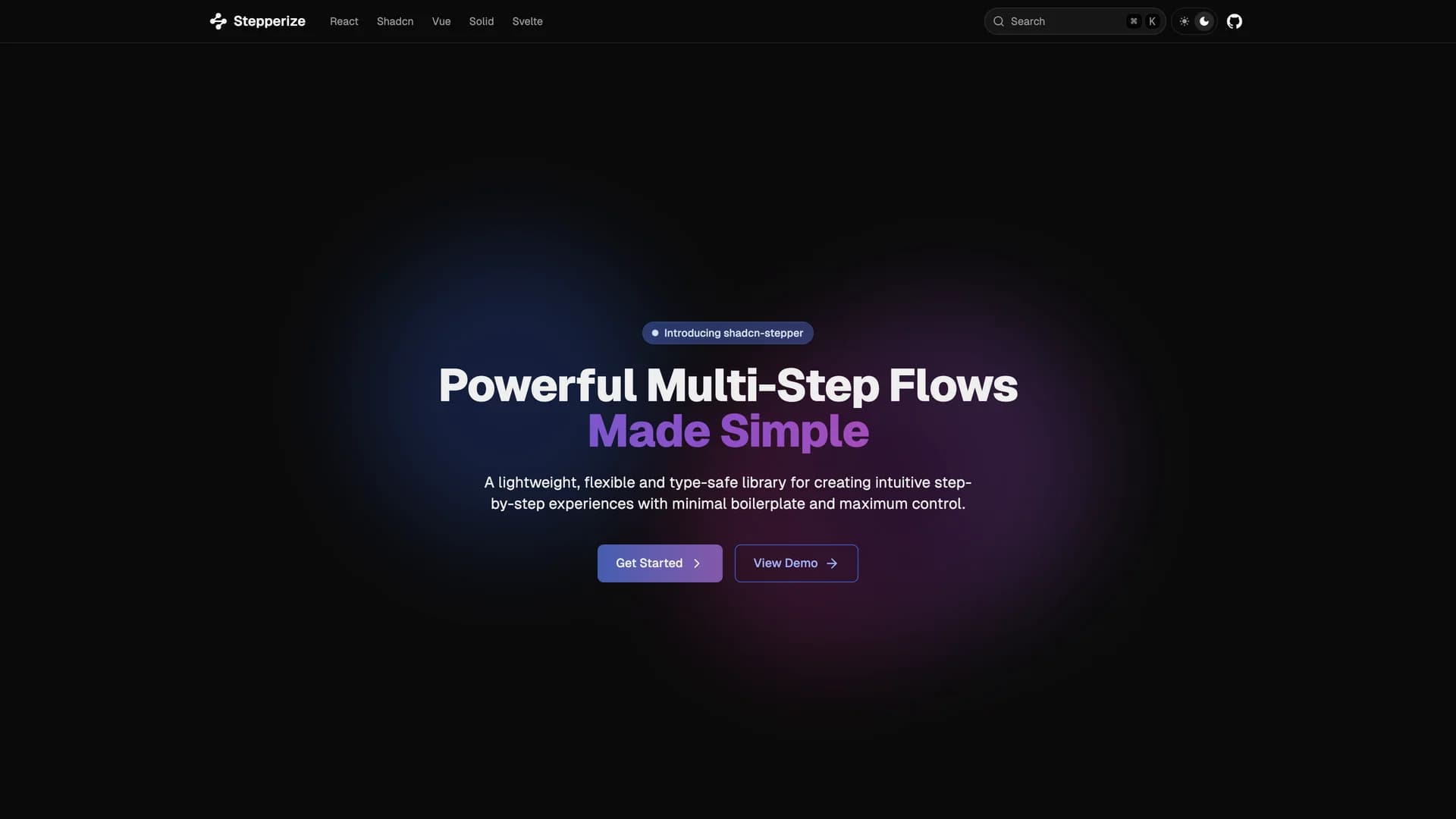
Shadcn Stepper
Shadcn Stepper is a component registry template for creating custom component libraries using Next.js, TypeScript, and shadcn/ui, enabling developers to distribute custom React components, hooks, and pages to any project. Written primarily in TypeScript (85.8%), the template uses a registry.json file to define components and supports the shadcn build command to compile the registry into static JSON files served to consuming applications. Compatible with Shadcn CLI and v0 integration, it provides infrastructure for running your own component registry similar to shadcn/ui's official registry but for custom components. The template demonstrates how to package and distribute UI components in a way that developers can install via CLI commands, maintaining the copy-paste philosophy while adding discovery and versioning capabilities. Perfect for teams building internal design systems, component library maintainers, or developers wanting to share custom shadcn/ui-compatible components, the registry template handles the build process, serving, and CLI integration needed for a professional component distribution system.
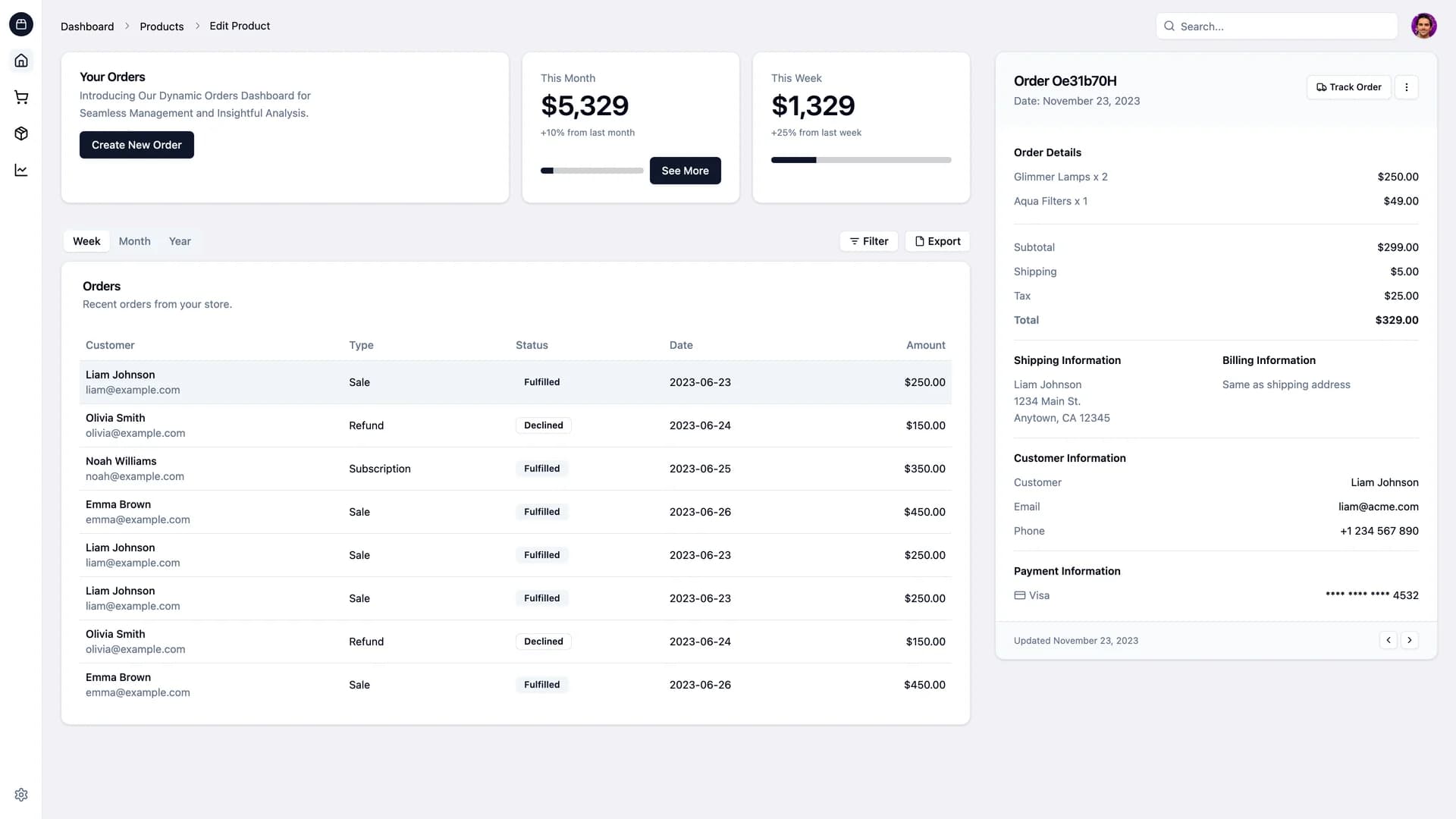
Expo DOM Components Example
Expo DOM Components Example is a comprehensive demonstration project built with TypeScript, Expo, React, Tailwind CSS, and MDX, showcasing how to use DOM components in Expo applications with integrations from shadcn/ui, React Three Fiber, emoji-mart, and react-mobile-cropper. This practical reference implementation demonstrates cross-platform development techniques by combining web and mobile technologies in a unified codebase that runs on web browsers and iOS devices (via TestFlight). The project includes examples of UI component integration from shadcn, MDX content support for rich documentation, React Three Fiber demos for 3D graphics, image cropper functionality for media manipulation, and emoji picker integration for user-generated content. Perfect for developers building cross-platform applications with Expo, teams evaluating Expo's web capabilities for progressive web apps, mobile developers transitioning to web development with familiar tools, or any project where code sharing between web and mobile platforms reduces development costs and maintenance overhead. Created by Evan Bacon, this example serves as an authoritative reference for implementing DOM components in Expo environments, demonstrating how modern React patterns, web libraries, and mobile frameworks can coexist in a single application architecture while maintaining native-quality user experiences across platforms.
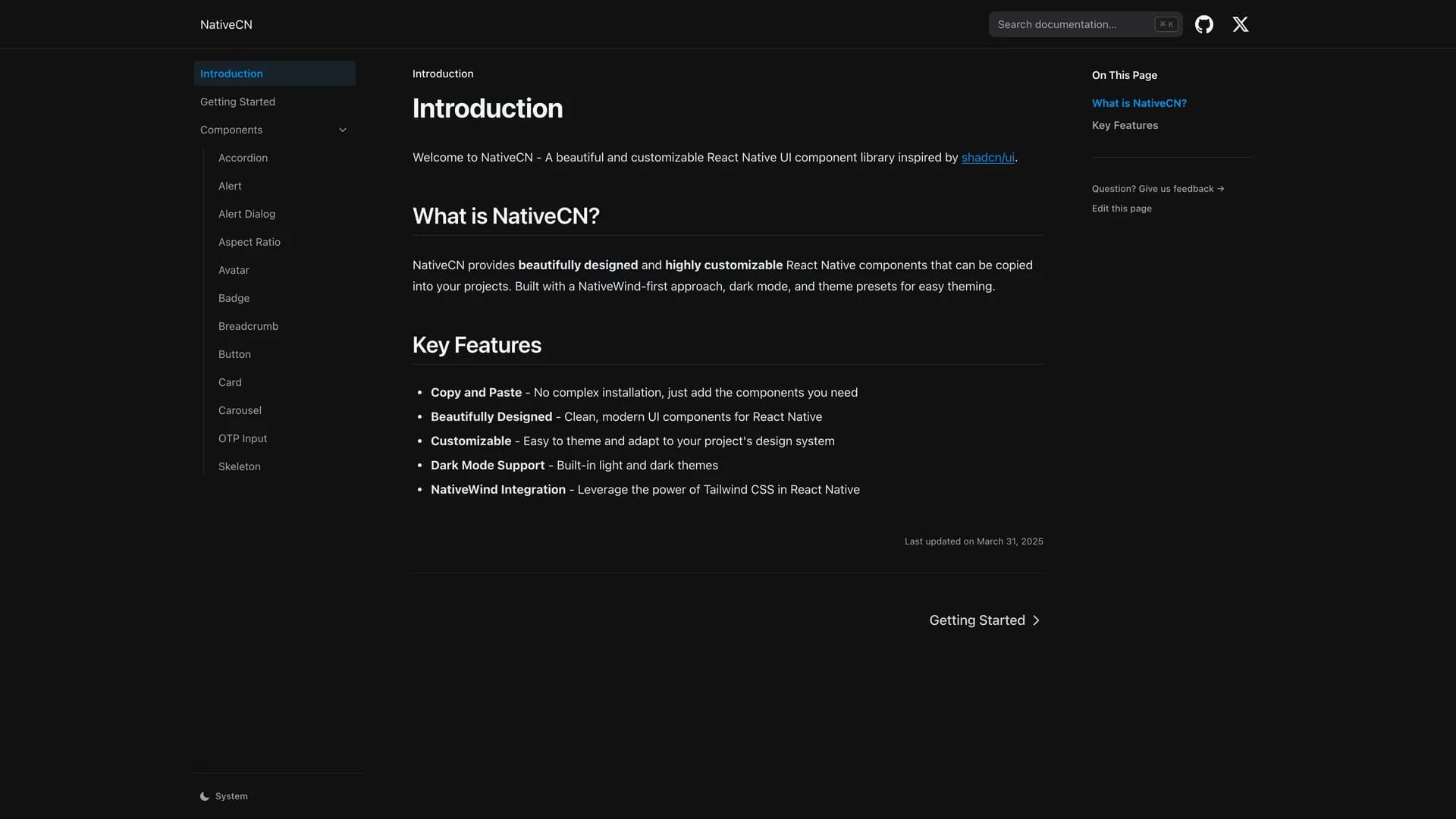
NativeCN
NativeCN brings the shadcn/ui philosophy to React Native, offering a comprehensive UI component library where you own the code through copy-paste integration rather than package dependencies. Built for mobile developers who want beautiful, customizable components without the overhead of traditional component libraries. The library features 40+ production-ready components including buttons, inputs, cards, modals, and navigation elements, all styled with NativeWind (Tailwind CSS for React Native) for consistent design. Components are fully typed with TypeScript, accessible following React Native best practices, and optimized for both iOS and Android platforms. NativeCN includes dark mode support, responsive layouts, animation utilities with Reanimated, and comprehensive documentation with interactive examples. Perfect for building mobile applications that require professional UI design, maintainable code architecture, and full customization control without external package dependencies.